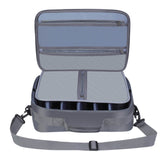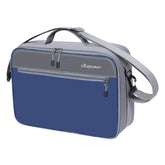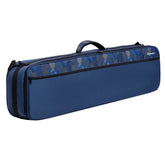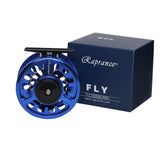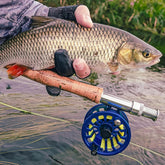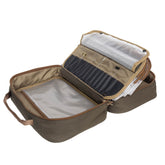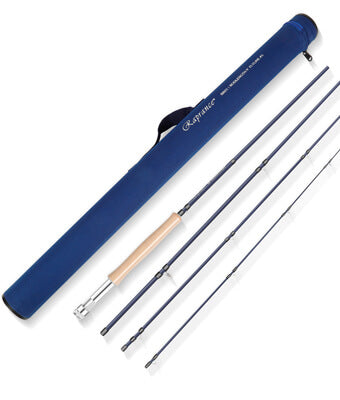Fishing Net: The Best Lightweight Rubber Landing Nets for Sale
When it comes to landing fish with care, I often turn to a rubber landing net for its unique benefits. A quality rubber landing net not only protects the fish scales and slime but also offers greater durability than traditional nets. I’ve found the lightweight designs particularly easy to handle, making them perfect for long days on the water.

With so many options available, finding the best rubber landing net can feel overwhelming. I’ve researched various models and compiled key features that make a rubber net stand out, from its lightweight design to its easy-to-clean surface. If you’re looking for a reliable rubber landing net for sale, understanding these features will help you make an informed choice.
Investing in a rubber landing net can enhance your fishing experience significantly. Not only do they provide practicality and efficiency, but they also contribute to the conservation of aquatic life. I’m excited to share my insights and recommendations on the best rubber landing nets that cater to every angler's needs.
Overview of Fishing Nets
Fishing nets are essential tools in the angling community, providing various benefits based on their design and materials. Among these, rubber landing nets stand out for their advantageous features, enhancing both catch-and-release practices and overall user experience.
Importance of Rubber Landing Nets
Rubber landing nets offer several key benefits that make them a preferred choice for many anglers. First, their smooth surface minimizes harm to fish during handling, which is crucial for catch-and-release fishing. Unlike traditional mesh nets, rubber nets reduce the risk of tearing fish scales and damaging their slime layer.
The lightweight design of rubber landing nets makes them easy to maneuver. Their buoyancy can assist during landing, allowing me to handle larger fish without strain. Additionally, these nets are less prone to tangling and are easier to clean, furthering their practicality on the water.
Evolution of Fishing Nets
Fishing nets have evolved significantly over the years, adapting to the needs of anglers and advancements in materials. Early nets were often made from crude fibers, limiting durability and usability. As technology progressed, nylon and other synthetic materials emerged, enhancing strength and functionality.
Today, the introduction of rubber into landing nets reflects a focus on sustainability and performance. Rubber landing nets are designed to be eco-friendly while providing the flexibility and strength needed for effective fishing. This evolution showcases a broader trend toward developing tools that are not only effective but also considerate of aquatic ecosystems.
Selection Criteria for Rubber Landing Nets
When selecting a rubber landing net, specific features can significantly impact its performance and longevity. I focus on net durability and the importance of lightweight designs to ensure ease of use during fishing trips.
Factors Affecting Net Durability
The durability of a rubber landing net hinges on the material quality and construction techniques used. I prefer nets made from high-grade rubber, which resists tearing and abrasion.
The frame is also crucial; aluminum frames tend to be lightweight yet sturdy, while fiberglass offers flexibility and resistance to bending. When considering durability, pay attention to how the net is assembled. Reinforced seams and well-constructed edges prevent fraying, ensuring the net remains intact even under heavy use.
Lastly, UV resistance can extend the lifespan of the net, especially if it will be exposed to sunlight during fishing outings.
Lightweight Designs in Rubber Landing Nets
Lightweight rubber landing nets are essential for reducing fatigue during extended fishing sessions. I value nets weighing less than 2 pounds, as they are easier to handle and transport.
Mesh density is another important aspect; a finer mesh allows for better catch retention while minimizing drag in the water. I look for nets designed with ergonomic handles, ensuring a comfortable grip that won’t slip when wet.
Foldable designs can enhance portability, making it easier to store the net when not in use. This combines functionality with convenience, making lightweight nets more appealing for both casual and serious anglers.
Top Rubber Landing Net Models
I have analyzed several popular rubber landing net models, focusing on their features, benefits, and user feedback. Each offers unique advantages suited to different fishing needs.
Comparative Analysis of Leading Brands
Eagle Claw: Known for its durability, the Eagle Claw rubber landing net features a lightweight design and a non-tangle netting that makes retrieval easy. I find it excellent for catch and release due to its gentle material.
Frabill: This brand offers a range of nets with ergonomic handles that provide comfort during extended use. The Frabill nets are also well-regarded for their rubber mesh, which minimizes fish scales loss.
Kufa Sports: Kufa Sports provides budget-friendly options without sacrificing quality. Their lightweight models are easy to carry and perform well in various fishing situations, making them a solid choice for casual anglers.
Promar: Recognized for its innovation, Promar nets often feature extendable handles and collapsible designs. These characteristics allow for easy storage while maintaining the functionality needed for larger catches.
These brands represent a variety of features aimed at enhancing the fishing experience, ensuring anglers can choose a model that perfectly suits their style and requirements.
Purchasing Rubber Landing Nets

When I consider buying a rubber landing net, I focus on availability and pricing. These factors greatly influence my choices and satisfaction with the purchase.
Retail Availability and Pricing
Rubber landing nets are widely available in various retail outlets, from specialized fishing stores to online marketplaces. I often check websites like Amazon, eBay, and dedicated fishing gear retailers.
Prices can range from $20 to over $100, depending on the brand, size, and features. Lightweight models tend to be priced competitively, around $30 to $60.
I pay close attention to sales and discounts, which can significantly reduce costs. Online reviews also help ensure I’m making a sound decision based on quality and performance.

